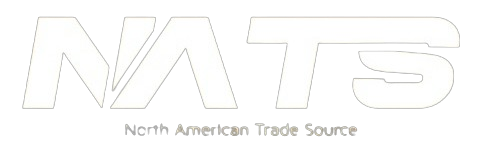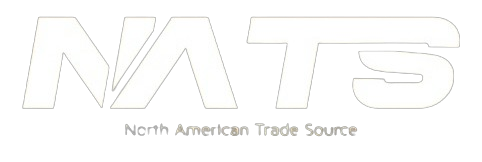In the world of fluid control systems, gate valves continue to be one of the most widely used components in Malaysia’s piping infrastructure. Whether you’re working in a municipal water network, oil refinery, chemical plant, or building services installation, understanding when and why to use gate valves can make the difference between system efficiency and costly downtime.
Known for their simplicity, reliability, and low flow resistance, gate valves are typically chosen for on/off control, rather than flow regulation. But as with all valve types, choosing the right one for the right application requires a clear understanding of design, function, and limitations.
In this guide, we’ll explore the common uses of gate valves, their structural advantages, and the industries where they are most beneficial—alongside expert insights from the team at Natrade, one of Malaysia’s most trusted industrial valve suppliers.
1. Gate Valves: How They Work and What Makes Them Unique
1. Straight-Through Flow with Minimal Resistance
Gate valves operate by lifting a solid wedge (or “gate”) out of the path of the flow. When the valve is fully open, the gate is entirely clear of the fluid path, allowing a straight-through flow with minimal pressure drop.
This feature makes gate valves ideal for high-volume flow systems, such as water treatment facilities, distribution pipelines, and cooling systems, where maintaining flow efficiency is critical.
In Malaysia’s tropical climate, where demand for continuous water and energy supply is high, this low-resistance design plays a vital role in reducing pumping costs.
2. Designed for Full Open or Full Shut-Off
Gate valves are not designed for throttling or flow regulation. Partial opening can cause vibration, damage to the seating surfaces, and uneven flow patterns. Instead, these valves are meant for binary control—either completely open or completely closed.
This makes them suitable for isolation purposes in oil & gas pipelines, chemical processing, and fire protection networks, where secure shut-off is a must for safety and maintenance.
They’re also favoured for systems that remain static for long periods and require only occasional activation.
3. Compatible with Large-Diameter Piping
Due to their robust construction and low flow resistance, gate valves are often installed in large-diameter pipelines—typically over 100mm. This scalability makes them popular in infrastructure projects, power plants, and industrial cooling towers, where smaller valve types may be less reliable or efficient.
In such applications, manual, electric, or gear-operated gate valves provide a cost-effective solution for isolating entire pipe sections.
2. Types of Gate Valves and Their Practical Applications
1. Rising Stem Gate Valves
Rising stem gate valves feature a threaded stem that rises out of the body when the valve is opened. This allows visual confirmation of the valve position—open or closed—which is crucial in critical systems such as fire mains and chemical storage facilities.
They are easy to operate and inspect, making them ideal for facilities with standardised operating procedures or multiple operators.
The downside? They require vertical clearance—so they may not fit in tight or underground installations.
2. Non-Rising Stem Gate Valves
Unlike the rising stem type, non-rising stem gate valves keep the stem within the valve body. This design is more compact, making it ideal for underground applications, valve chambers, and space-constrained mechanical rooms.
In Malaysia, non-rising stem valves are often used in reticulation networks, apartment blocks, and stormwater systems, where valve visibility and height clearance are limited.
However, without external stem movement, operators need an indicator or position feedback device to know the valve status.
3. Knife Gate Valves
Knife gate valves are designed for slurry, wastewater, and viscous fluid applications. They feature a sharpened gate that can cut through thick media, making them ideal for palm oil refineries, pulp and paper mills, and mining operations.
Because of their compact design and effectiveness in handling suspended solids, knife gate valves are growing in popularity in process-heavy sectors across Malaysia.
They’re also easy to automate, making them suitable for modern, smart-controlled facilities.
Gate Valves in the Malaysian Industrial Context
The widespread use of gate valves in Malaysia is no surprise. As the country continues to develop its infrastructure—particularly in energy, water, and manufacturing sectors—the demand for durable and scalable isolation valves is rising.
Natrade supplies a wide range of TCL-tested gate valves, available in materials like cast iron, ductile iron, stainless steel, and bronze, designed to meet both local JKR standards and international certifications.
From the PETRONAS supply chain to municipal sewerage upgrades, our gate valve solutions are field-tested across Malaysia for durability, serviceability, and long-term value.

